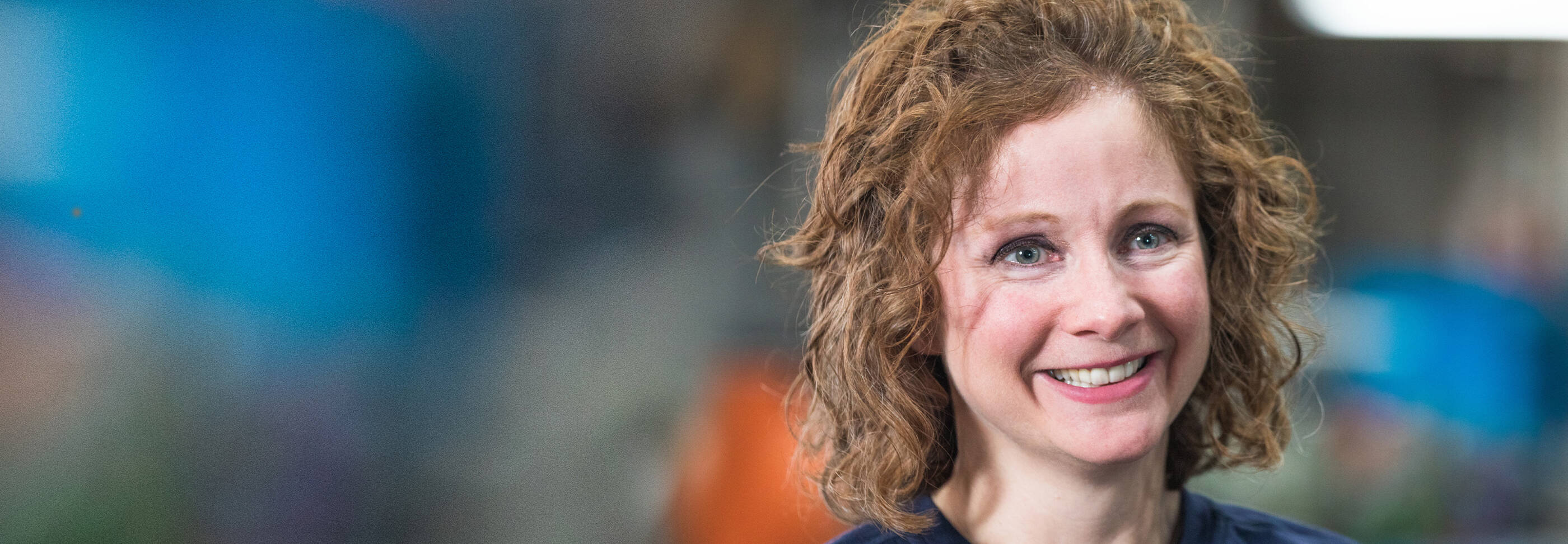selected item
Oct. 19, 2022
Sarah Klepper, Senior Maintenance Superintendent
ExxonMobil’s LaBarge facility in Wyoming currently captures more carbon dioxide emissions than any industrial facility in the world. The technology being deployed here can be scaled around the world to help society reduce carbon dioxide emissions. In this series, we will meet some of the LaBarge team and learn about the roles they’re playing in the energy transition to a lower-emission future.
Oct. 19, 2022
Sarah Klepper is helping to bring lower-emission technologies to LaBarge. As senior maintenance superintendent, she manages the team that builds out and operates the equipment at the facility. With a background in global project design and project planning, and a degree in chemical engineering, Sarah combines her deep knowledge of facility operations with proven technologies like carbon capture.
We spoke with Sarah to find out how her work at LaBarge is helping advance society’s net-zero ambition.
Explore more
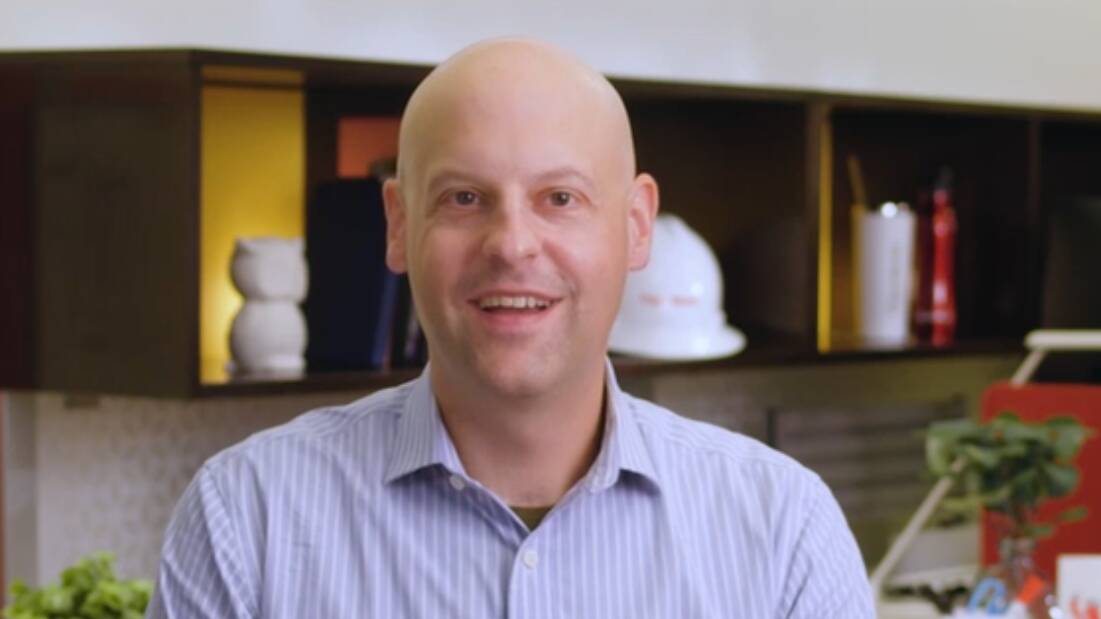
Capture it. Move it. Store it: Three steps for reducing CO2 emissions
- Want to learn more about carbon capture and storage (CCS)?
- Clay, Mark and Elizabeth are here to help in a video series.
- They explain how CCS works, why it matters and what makes it safe.
Article
•
2 min read
• Aug. 12, 2025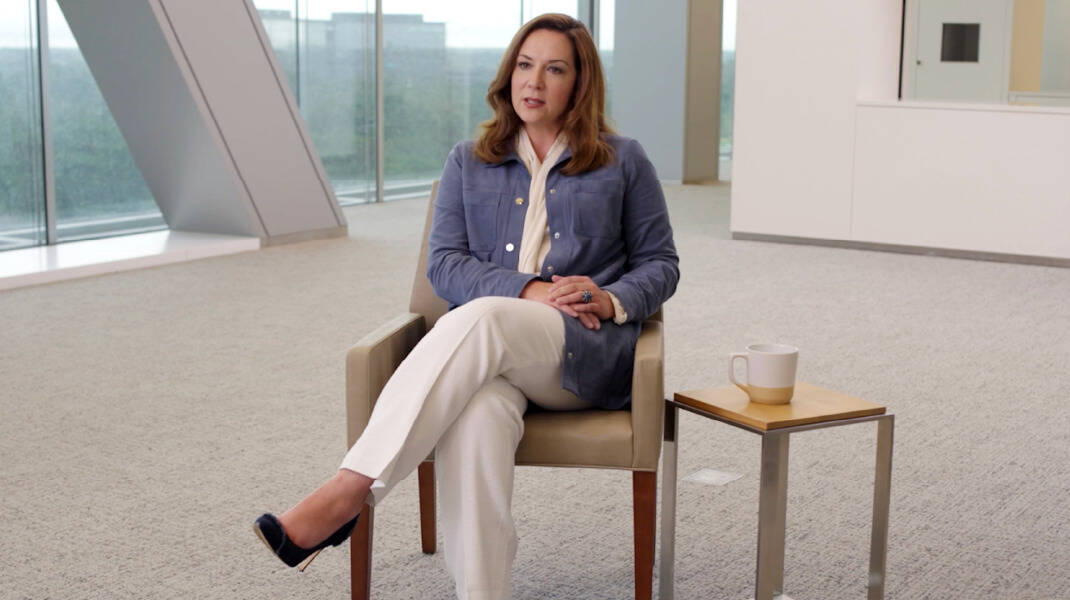
How we’re capturing carbon and storing it safely
- In a new video, our Kathleen Ash explains how we’re keeping carbon capture and storage (CCS) safe.
- We have robust systems to safely transport and store captured CO2 emissions.
- We’re committed to protecting the safety of communities in which we operate.
Article
•
2 min read
• May 5, 2025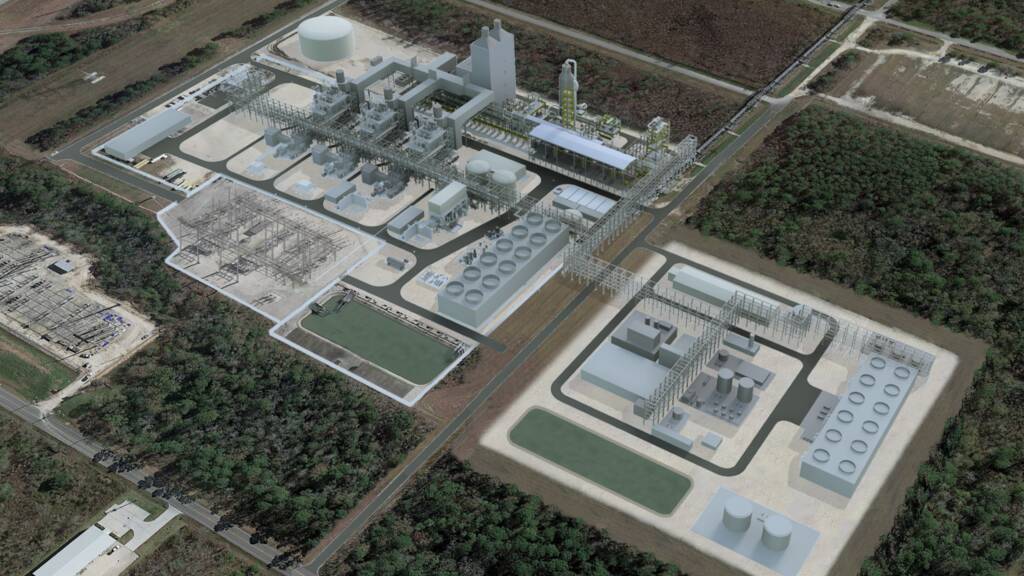
Calpine, ExxonMobil sign CO2 transportation and storage agreement for power generation project
- ExxonMobil to transport and store up to 2 million metric tons per year of CO2 from Calpine’s natural gas power generation facility.
- Calpine plans to produce ~500 megawatts of reliable low-carbon electricity, enough to power more than 500,000 homes.
- Project expected to bolster U.S. energy, strengthen industry competitiveness, and create jobs.
News releases
•
2 min read
• April 23, 2025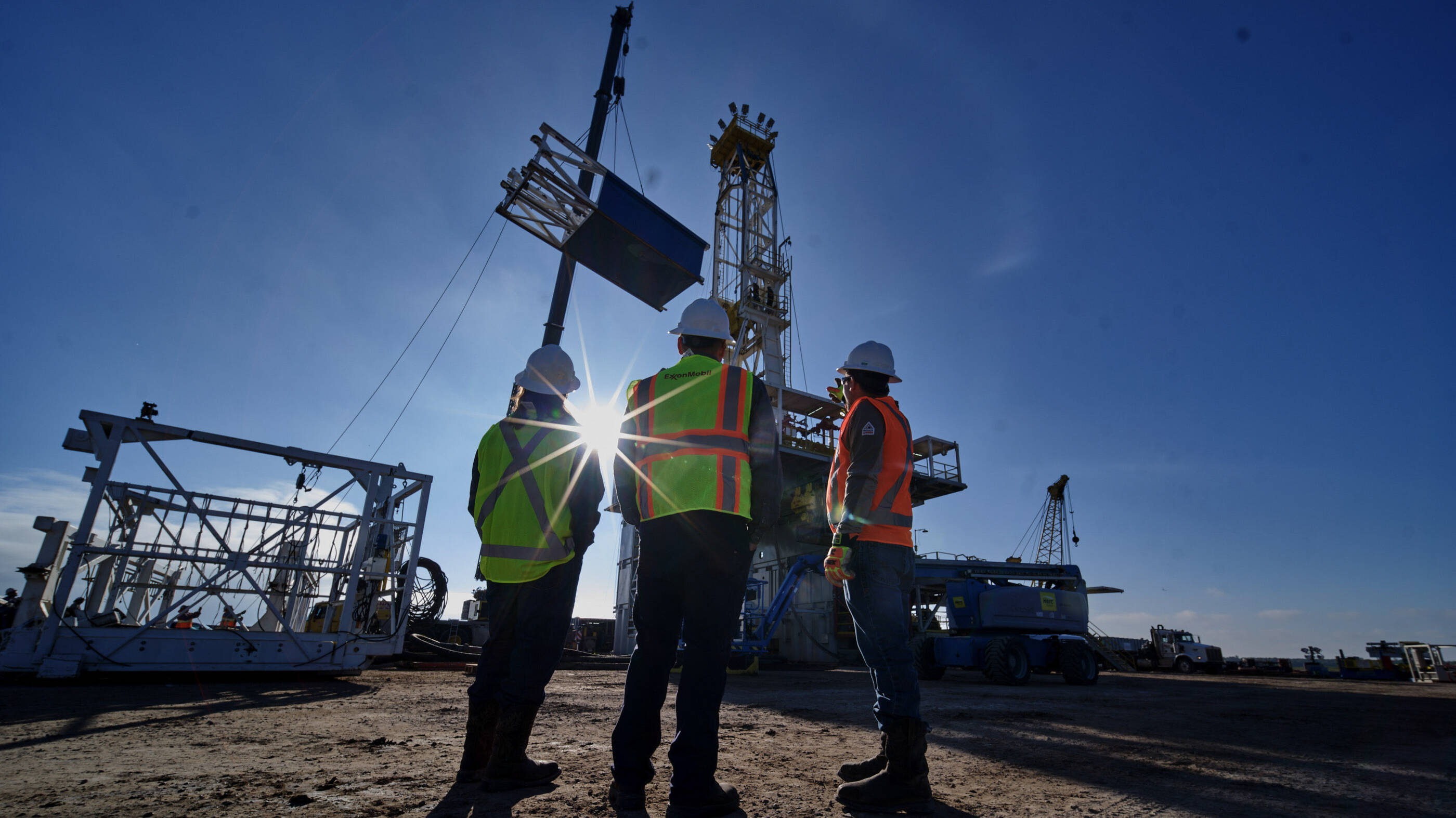
2024: A breakout year for our carbon capture and storage business
- We’re leading the creation of a new industry.
- 2024 was a big year for our CCS business.
- More milestones are ahead in 2025.
Viewpoints
•
3 min read
• Jan. 9, 2025
Steel, ammonia and AI? Oh my! What can’t our CCS help decarbonize?
- We’re scaling up carbon capture and storage (CCS) technology.
- We’re leading the way in helping U.S. industries use CCS to meet demand for lower-carbon products.
- Next up: We’re working to expand our customers to include data centers to support AI growth.
Article
•
4 min read
• Dec. 11, 2024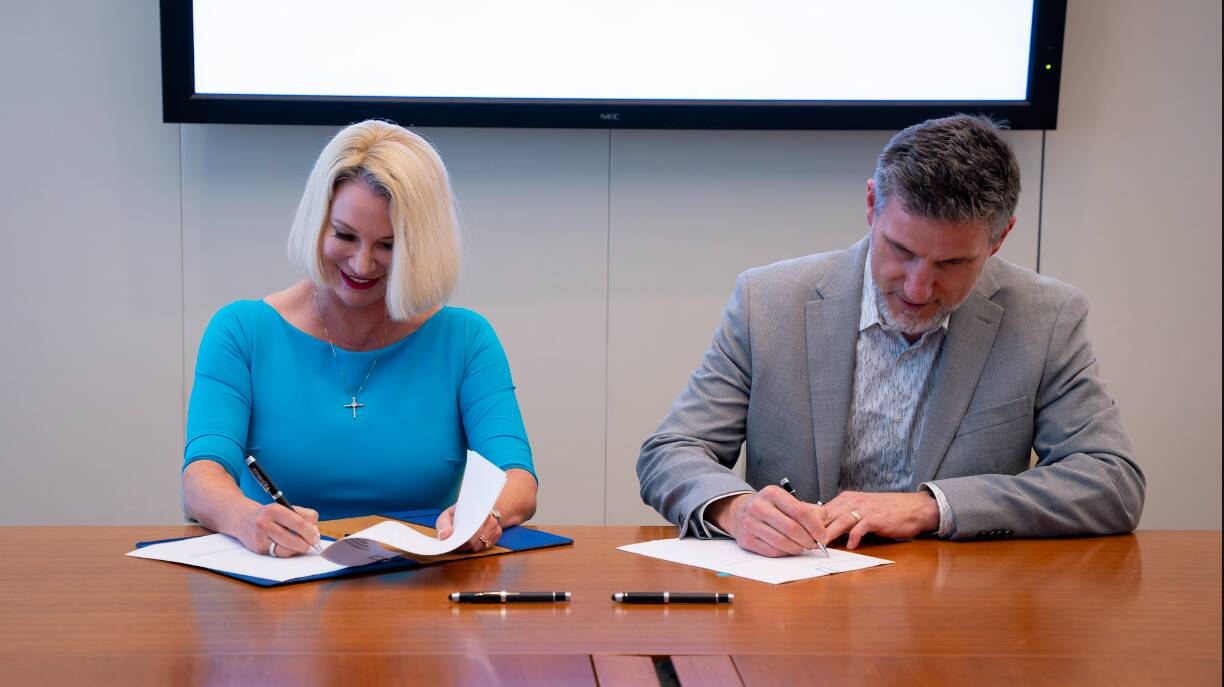
ExxonMobil secures largest CO2 offshore storage site in the U.S.
- ExxonMobil has secured access to over 271,000-acres in Texas state waters; ideal for CO2 storage
- Agreement will directly benefit the Texas Permanent School Fund
- Latest example of ExxonMobil’s leadership in building a carbon capture industry in the U.S.
News releases
•
3 min read
• Oct. 10, 2024